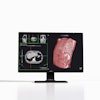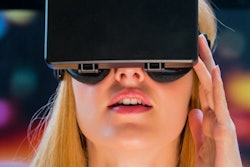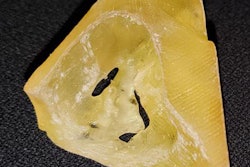Dear Advanced Visualization Insider,
Perhaps one of the most fascinating aspects of advanced visualization technology is its potential to stretch the boundaries of medical imaging applications, making possible what was once considered science fiction.
Researchers from Harvard University appear to be on the brink of accomplishing just that. In a recent article, they detail a 3D bioprinting technique capable of using stem cells and 3D CT data to create perfusable, beating cardiac tissue. The implications that their new method might have regarding the production of artificial organs is the subject of this edition's Insider Exclusive.
On the subject of 3D printing, a team of investigators from the U.S. National Institutes of Health has identified an association between chronic active brain lesions and clinically progressive multiple sclerosis using a combination of 7-tesla MRI and 3D printing technology.
Also on the rise is the integration of 3D printing into pediatric medicine. An article by radiologists from Ohio discussed some of the most common applications of 3D-printed models based on the MRI scans of children.
The list of potential clinical applications of cinematic rendering, an advanced photorealistic imaging technique, appears to be expanding as well. Researchers from China discovered that radiologists who used cinematically rendered images to supplement conventional CT scans demonstrated clear improvements in diagnosing ulcerative colitis. In a separate study out of Switzerland, physicians reported that cinematic rendering helped enhance their understanding of maxillofacial anatomy and pathology.
Recently, several groups have sought out 3D modeling as a way to deepen their grasp of cardiac health and function and ultimately improve patient care:
- Scientists from Johns Hopkins University developed a technique for generating individually tailored 3D models of the heart atria based on the MRI scans of patients with atrial fibrillation, allowing for the simulation of existing and future irregular heartbeats.
- Researchers from the U.K. also developed a new 3D MRI technique but, in this case, in order to eliminate the need for gadolinium contrast when calculating heart muscle strain.
To learn more about the most recent developments in the Advanced Visualization Community, head over to AuntMinnie.com. And, as always, I invite you to reach out with suggestions for any related topics that you would like to see covered in the days to come.



















